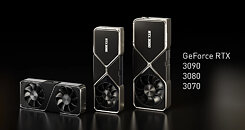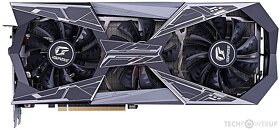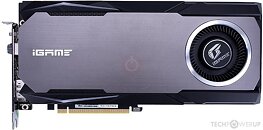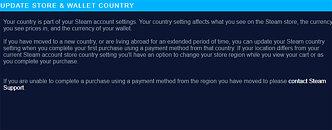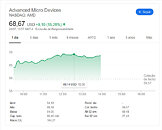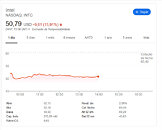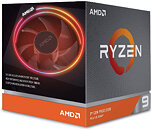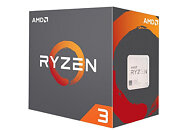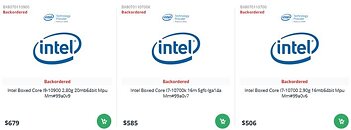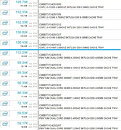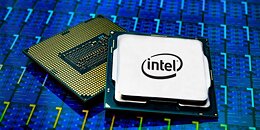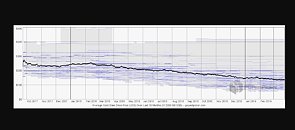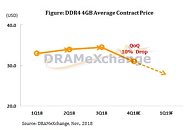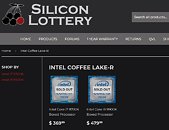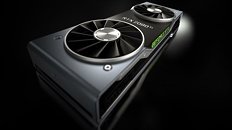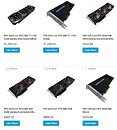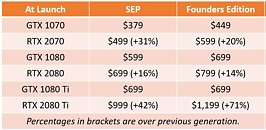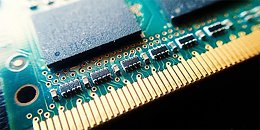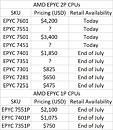
NVIDIA GeForce RTX Ampere AIB Cards Listed on Overclockers UK, Official EU/UK Pricing Published
NVIDIA just yesterday made a big announcement and forced everyone to turn their head and check out what are they doing. Today, we are finding the first listings of Add-In-Board (AIB) partner cards and their respective price points. Thanks to the findings of a Reddit user u/slyquick we have information about the pricing of RTX Ampere cards in the UK/EU, specifically on the Overclockers UK website. There are listed several models of AIB cards, covering the whole range of RTX 3070, 3080, and 3090. NVIDIA has officially published the UK/EU pricing of the cards with Founders Edition (FE) GeForce RTX 3070 costing $499 in the US, costing about £469. The OCUK website lists RTX 3070 AIB cards at £449 and the highest costing models are about £499.
Next up comes GeForce RTX 3080, a GPU costing $699 in the US, is being officially listed for £649 by NVIDIA. On the OCUK website pricing starts at £639, and goes as high as £848.99 for ASUS ROG Strix Gaming OC card. The bigger brother of the RTX Ampere lineup - the RTX 3090 - is priced at $1499, while NVIDIA lists it at £1399 for EU/UK pricing. AIB cards are going anywhere from the NVIDIA FE card at £1,399, all the way up to at £1589.99. This is a big markup compared to the FE model, however, AIB cards are known for providing better cooling solutions and better power delivery circuit.
Next up comes GeForce RTX 3080, a GPU costing $699 in the US, is being officially listed for £649 by NVIDIA. On the OCUK website pricing starts at £639, and goes as high as £848.99 for ASUS ROG Strix Gaming OC card. The bigger brother of the RTX Ampere lineup - the RTX 3090 - is priced at $1499, while NVIDIA lists it at £1399 for EU/UK pricing. AIB cards are going anywhere from the NVIDIA FE card at £1,399, all the way up to at £1589.99. This is a big markup compared to the FE model, however, AIB cards are known for providing better cooling solutions and better power delivery circuit.
